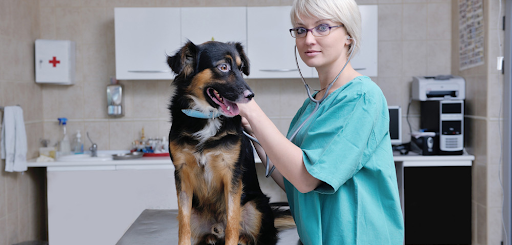Tips to Get the Right Cat Health Insurance for Your Feline Friend


Americans love their cats. That is the reason they watch so many cat videos and have so many as pets. According to the American Society for the Prevention of Cruelty to Animals (ASPCA) there are between 74 and 90 million pet cats in the United States. This makes the country the most feline friendly on the planet. If you have a cat, you probably consider them to be a part of the family and want to keep them as healthy and happy as possible. Buying cat health insurance may be one way to accomplish that goal. Here are some tips to make the right choice for you and your feline friend’s health needs.
- Be a responsible pet companion. Animal care starts with having healthy animals. Cat health insurance can be great if your cat becomes ill or suffers an injury. Some health problems can be prevented with proper care. For example, fleas can cause tape worm problems. You really do not want these. Taking precautions to prevent a flea infestation is the only real way to prevent your cat fro getting tapeworms. Cats can also have a lot of the problems that people have such as diabetes and heart disease. Feeding them a healthy diet and getting them access to adequate exercise can prevent these conditions from developing just as they do in humans. Keeping your feline friend healthy is the best way to save money on vet bills.
- Talk to you veterinarian. Ask their office what policies they accept and which ones they like working with. If you have a veterinarian that you like, you will probably want to stick with them. If you are looking to buy cat health insurance, this should be your first stop. Picking a plan that your veterinarian’s office has experience working with is always a good idea.
- Research your cat’s breed. Do you have a purebred cat? As is the case with dog breeds, some cat breeds are healthier than other and some cats suffer from certain medical conditions as a consequence. Knowing more about your cat’s breed can better prepare you for those issues. You should also ask the cat health insurance carrier what they do and do not cover in this area. If you know your cat may have one problem, that cat health insurance policy will do you little good if it is not covered.
- Get prices for at least a few pet health insurance plans. Talk to several carriers to compare prices and coverage. Some companies may offer pet wellness plans or special insurance for older pets. Make sure you get all of the cat health insurance information in writing to make it easy to compare and contrast the different options you have.
- Know what you are buying before you buy it. Before you shell out any money for a cat health insurance policy, know what you are buying. What is the premium? What is the deductible? What is covered? If a company is not willing to be as clear as you need them to be on these points, you should not do business with them. “Fine print” that is confusing or does not make as much sense as you would like it to should be a big red flag.
- Ask about the waiting period. Many insurance plans have waiting periods. This is a set period of time that dictates when coverage for your pet begins. You may buy the policy on August first but your pet may not be able to get to a veterinarian for at least a month. This may also include pre-existing conditions. Some carriers consider any problem that you have noticed in your cat for up to a year and a half before you get them covered to be a “pre-existing” condition.
- Ask about the reimbursement rates for the different plans. The way cat health insurance works is that you pay for the treatment your cat needs and then you are reimbursed by the insurance company. They should be able to give you more information about that.
Your cat is your family. Getting them the right insurance plan is a good way to keep them healthy and happy.


